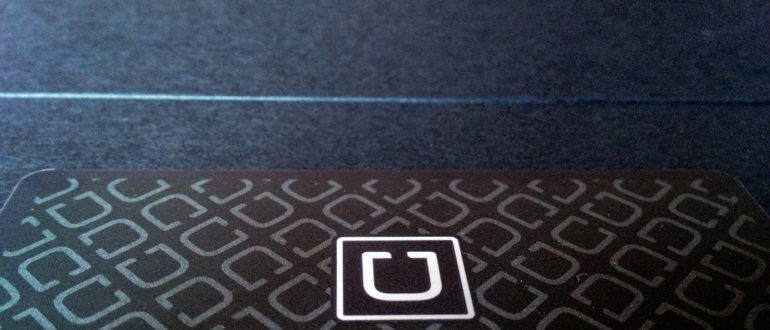Lots has been written about the sharing economy, but not about the profound consequences for planning and architectural design. We figured we’d get that conversation going.
A line has been crossed. The raging growth of sharing economy cloud services—think Uber, Airbnb, WeWork and the like—means that tech entrepreneurs and software designers have invaded the physical space, or hardscape, of building and urban designers.
Not only is there no going back. The trend is accelerating. So much so that the sharing economy software created by these techpreneurs has already begun to change the physical shape of cities and suburbs.
Without a thoughtful, design-oriented approach, this inevitable crossover of software and hardscape will rapidly come and go. We’ll go from crossover to mainstream before you know what hit you. We have a window of opportunity today, right now, for policymakers, built-environment drivers and other stakeholders to insert property and urban design into the sharing economy equation.
Only then will software fulfill its promise of contributing to the creation of higher performing, more livable and more resilient buildings and cities. Only then. Only by working within a broader, more strategic process led by designers of physical spaces.
To grasp the myriad ways techpreneurs are exerting enormous, albeit unintentional, pressure on the built environment, let’s take a look at three of the most influential platforms distributed on the cloud: ride sharing, short-term property rentals, and coworking services.
Most professionals in our industry—architects, civil engineers, planners, others—have been sluggish in their reaction to the rapid pace of innovation in the tech realm. I would argue for a stronger involvement by all of us in this still-evolving “sharing-everything” arena.
Ride Sharing
The full adoption of ride sharing services—with or without drivers—will result in fewer cars parked. An article by Governing.com suggests that, “Yes, people will still come and go in cars. But they won’t need to be parked as much or for as long. That should mean more real estate available for things that matter.” Should we, the designers of the built environment, aggressively embrace this reality and promote the adaptive reuse of parking structures, among other related opportunities? Much research is still to be done, but my answer is CERTAINLY!
Short Term Rentals
Short term rentals and communal living platforms are already influencing how we purchase a home, furnish it, and where we stay while traveling. According to this Wall Street Journal article, 35% of young adult homebuyers “want to be able to rent out space in their homes at least part-time.” At the same time, many of us furnish our homes according to the “airspace” aesthetic, a generic style devoid of local influences so as to please prospective Airbnb renters. We are even changing our long-standing preference for hotels in favor of more “authentic” short term rentals. Should we, the longtime designers of spaces people call home, use our knowledge and influence to make better shared-living spaces before it is too late? Count me in!
Co-working
Tech innovators have also crept into the places where we spend most of our weekdays: our workplace. Today, millions of square feet of former warehouses and older office buildings are being repurposed by techpreneurs into co-working spaces, with their shared workstations and communal meeting spaces available for rent on a short-term basis. Should we leave the research and thinking needed to reimagine our workplaces of the (near) future exclusively to tech innovators and “internet-of-things” providers? I think we must collaborate and co-innovate with them!
Looking ahead
Climate change, the explosive growth of cities and social inequality are huge drivers of change in the suburbs and cities of today. These challenges fall, in no small measure, inside the realm occupied by today’s Ubers, Airbnbs and WeWorks of the world. It is imperative that the other stakeholders, from neighborhood associations all the way up to metropolitan and federal agencies, reclaim their voice and influence in reshaping the built environment.
Although there are techpreneurs already tackling these problems (Sidewalk Labs, Tumml, Market Urbanism, and others cited by Archipreneur.com), the reality is that the bulk of these players—the unicorns of the tech world—often ignore them as irrelevant in their quest for a lucrative exit strategy. Thus, livability, equal access to city services and climate resilience are not only heavily stressed by these new forces, but also ignored and left devoid of the innovation fueled by venture capital.
So now the questions are: are these three industries—traditionally built following the leadership of planners, architects and policymakers—in danger of succumbing under the often onerous weight of the IoT, Big Data and the sharing economy? Will the end result of these transformations be a missed opportunity to insert diversity, sustainability and resilience into the suburb and city of tomorrow?
In coming issues of this Better Way blog, we’ll further explore these emerging challenges and the tremendous opportunities they represent. We encourage you to contribute your view.

